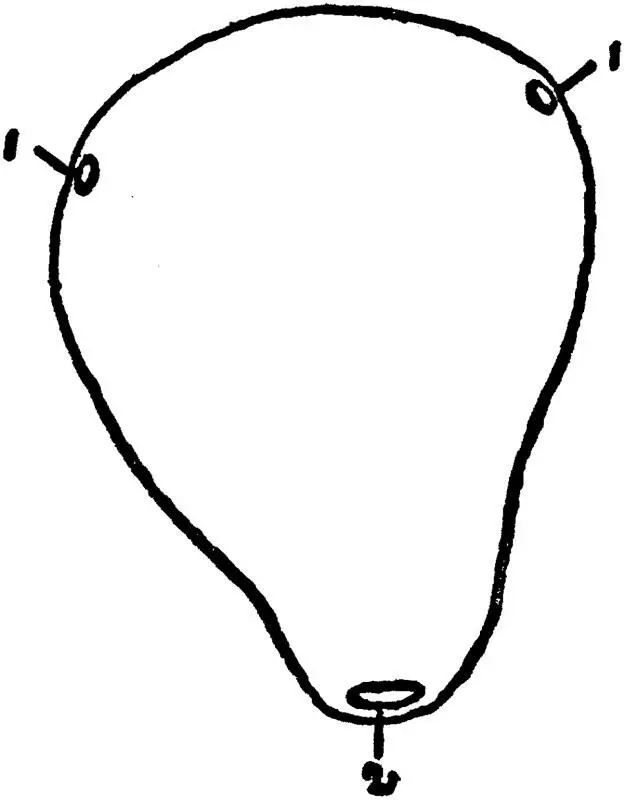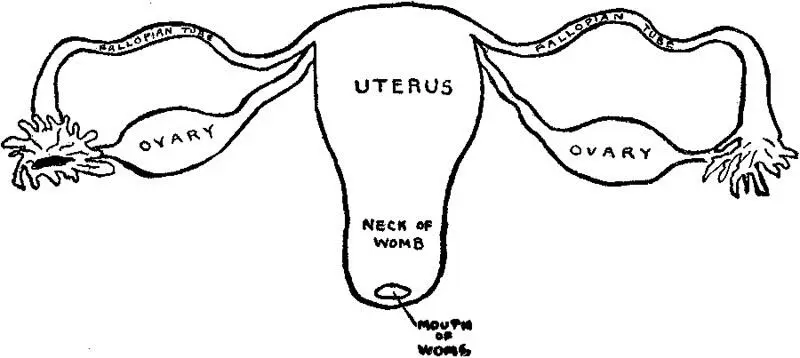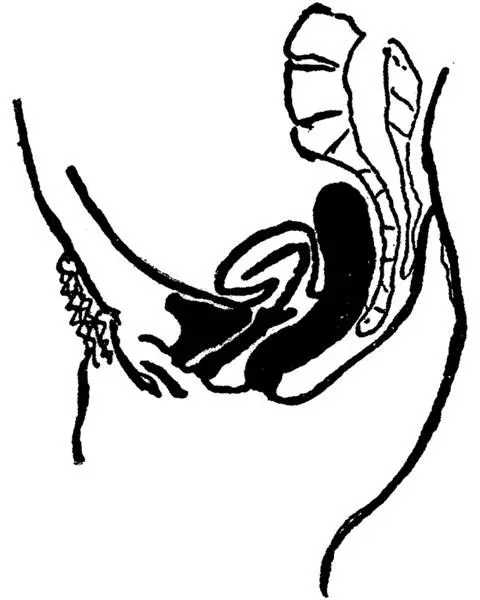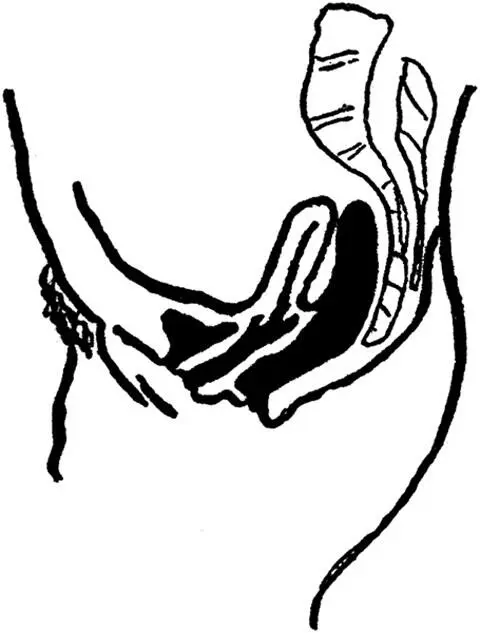William Josephus Robinson - Woman. Her Sex and Love Life
Здесь есть возможность читать онлайн «William Josephus Robinson - Woman. Her Sex and Love Life» — ознакомительный отрывок электронной книги совершенно бесплатно, а после прочтения отрывка купить полную версию. В некоторых случаях можно слушать аудио, скачать через торрент в формате fb2 и присутствует краткое содержание. Жанр: psy_sex_and_family, foreign_antique, на английском языке. Описание произведения, (предисловие) а так же отзывы посетителей доступны на портале библиотеки ЛибКат.
- Название:Woman. Her Sex and Love Life
- Автор:
- Жанр:
- Год:неизвестен
- ISBN:нет данных
- Рейтинг книги:5 / 5. Голосов: 1
-
Избранное:Добавить в избранное
- Отзывы:
-
Ваша оценка:
- 100
- 1
- 2
- 3
- 4
- 5
Woman. Her Sex and Love Life: краткое содержание, описание и аннотация
Предлагаем к чтению аннотацию, описание, краткое содержание или предисловие (зависит от того, что написал сам автор книги «Woman. Her Sex and Love Life»). Если вы не нашли необходимую информацию о книге — напишите в комментариях, мы постараемся отыскать её.
Woman. Her Sex and Love Life — читать онлайн ознакомительный отрывок
Ниже представлен текст книги, разбитый по страницам. Система сохранения места последней прочитанной страницы, позволяет с удобством читать онлайн бесплатно книгу «Woman. Her Sex and Love Life», без необходимости каждый раз заново искать на чём Вы остановились. Поставьте закладку, и сможете в любой момент перейти на страницу, на которой закончили чтение.
Интервал:
Закладка:
The Internal Sex Organs—The Ovaries—The Fallopian Tubes—The Uterus—The Divisions of the Uterus—Anteversion, Anteflexion, Retroversion, Retroflexion, of the Uterus—Endometritis—The Vagina—The Hymen—Imperforate Hymen—The External Genitals—The Vulva, Labia Majora, Labia Minora, the Mons Veneris, the Clitoris, the Urethra—The Breasts—The Pelvis—The Difference Between the Male and Female Pelvis.
The organs which primarily distinguish one sex from the other are the sex organs. It is by the aid of the sex organs that children are begotten and brought into the world, that the race is reproduced and perpetuated. It is for this reason that the sex organs are also called the Reproductive Organs.
The first thing we must do is to become familiar with the structure and location of the sex organs; in other words, we must get a fair idea of their Anatomy .
The female sex organs, also called the reproductive or generative organs, are divided into internal and external. The internal are the most important and consist of: the ovaries, Fallopian tubes, uterus or womb, and vagina. The external sex organs of the female are: the vulva, hymen, and clitoris. Among the external organs are also generally included the mons Veneris and the breasts or mammary glands.
SUBCHAPTER A
THE INTERNAL SEX ORGANS
The Ovaries.The ovaries are the essential organs of reproduction. For it is they that generate the eggs, or ova , or ovules , which, after becoming fertilized or fecundated by the spermatozoa of the male, develop into children. Without the ovaries of the female, the same as without the testicles of the male (to which they correspond), no children could be begotten, and the entire human race would quickly disappear from our planet. The ovaries are two in number; they are embedded in the broad ligaments which support the womb in the pelvis, one on each side of the womb. They are of a grayish or whitish pink color, and are about an inch and a half long, three-quarters of an inch wide, and one-third of an inch thick. They weigh from one-eighth to one-quarter of an ounce. Their surface is either smooth or rough and puckered. Think of a large blanched almond and you will have a pretty fair idea of the size and shape of an ovary.
Ovary.
The Fallopian Tubes.The Fallopian tubes (so called from Fallopius, a great anatomist, who discovered them; also called oviducts: egg conductors, because they conduct the eggs from the ovary into the uterus) are two very thin tubes, extending one from each upper angle of the womb to the ovaries; but at their ovarian end they expand into a fringed and trumpet-shaped extremity. The fringes are referred to as fimbria . They are about five inches long and only about one-sixteenth of an inch in diameter; the function of the tubes is to catch the ova as they burst forth from the ovaries and to convey them to the uterus. Taking into consideration the very narrow lumen , or caliber , of the Fallopian tubes, it is easy to understand why even a very slight inflammation is apt to clog them up, to seal their mouths or openings, thus rendering the woman sterile , or incapable of having children. For, if the Fallopian tubes are "clogged" up, the eggs, or ova, have no way of reaching the uterus.
The Greek name for the Fallopian tube is salpinx (salpinx in Greek means tube). An inflammation of the Fallopian tube is therefore called salpingitis. (A salpingitis has the same effect in causing sterility in the female as has an epididymitis in the male.) Salpingectomy is the cutting away of the whole or of a piece of the Fallopian tube (corresponds to vasectomy in the male).

1. Openings into the Fallopian Tubes. 2. Mouth of the Womb.
The Uterus.The uterus or womb is the organ in which the fertilized ovum, or egg, grows and develops into a child. It is a hollow muscular organ, about the size of a pear, with thick walls, capable under the influence of pregnancy of great expansion and growth. The broad part of the pear is called the body of the uterus; the lower narrow part is called the neck of the uterus, or cervix . The uterus in the adult girl or woman is about three inches long, two inches broad in its upper part and nearly an inch thick. It weighs from an ounce to an ounce and a half. When the uterus is in a pregnant condition, it increases enormously, both in size and in weight, as we will see in a future chapter. The cavity of the uterus is somewhat triangular in shape; at each upper angle is the small opening communicating with the Fallopian tube; the upper portion of the uterus is called the fundus; the external opening of the womb, situated in the center of the cervix, is called the mouth of the womb, or the os , or external os.
The uterus is situated in the center of the pelvis, between the bladder and the rectum. It is supported by certain ligaments, the chief of which are the broad ligaments; but, on account of general weakness, too hard physical labor, or lifting heavy weights, the ligaments may stretch, and the uterus may sink down low in the vagina, and we then have the condition known as prolapse of the womb. Or, the womb may turn forward, when we have a condition of anteversion . If the womb is bent (or flexed ) forward on itself the condition is called anteflexion . If the womb is turned backwards, the condition is called retroversion ; if it is bent or flexed backward upon itself the condition is called retroflexion . An extreme degree of anteversion or anteflexion, or retroversion or retroflexion, may interfere with impregnation, as the spermatozoa may find it difficult or impossible to reach the opening of the womb—the external os.

The entire cavity of the uterus is lined by a mucous membrane; 1 1 Mucous membrane—briefly a membrane which secretes mucus or some other fluid.
this mucous membrane is called the endometrium (endo—within; metra—uterus). An inflammation of the endometrium is called endometritis . It is the endometrium that is principally concerned in menstruation—that is, it is from it that the monthly discharge of blood comes.
The Vagina[vagina in Latin—a sheath]. The vagina is the tube or canal which serves as a passage-way between the uterus and the outside of the body. It extends from the external genitals or vulva to the neck of the womb, embracing the latter for some distance. It is a strong, fibromuscular canal, lined with mucous membrane. It is not smooth inside, but arranged in folds, or rugæ , so that when necessary, as during childbirth, it can stretch enormously and permit the passage of a child's head. The length of the vaginal canal is between three and five inches, but it is in general much more capacious in women that have borne one or more children than in those who have not borne any.
Near the vaginal entrance are situated two small glands; they are about the size of a pea, and secrete mucus. They are called Bartholin's glands; occasionally they become inflamed and give a good deal of trouble.
Anteversion of the Uterus.

Anteflexion of the Uterus.

Retroversion of the Uterus.
Читать дальшеИнтервал:
Закладка:
Похожие книги на «Woman. Her Sex and Love Life»
Представляем Вашему вниманию похожие книги на «Woman. Her Sex and Love Life» списком для выбора. Мы отобрали схожую по названию и смыслу литературу в надежде предоставить читателям больше вариантов отыскать новые, интересные, ещё непрочитанные произведения.
Обсуждение, отзывы о книге «Woman. Her Sex and Love Life» и просто собственные мнения читателей. Оставьте ваши комментарии, напишите, что Вы думаете о произведении, его смысле или главных героях. Укажите что конкретно понравилось, а что нет, и почему Вы так считаете.












